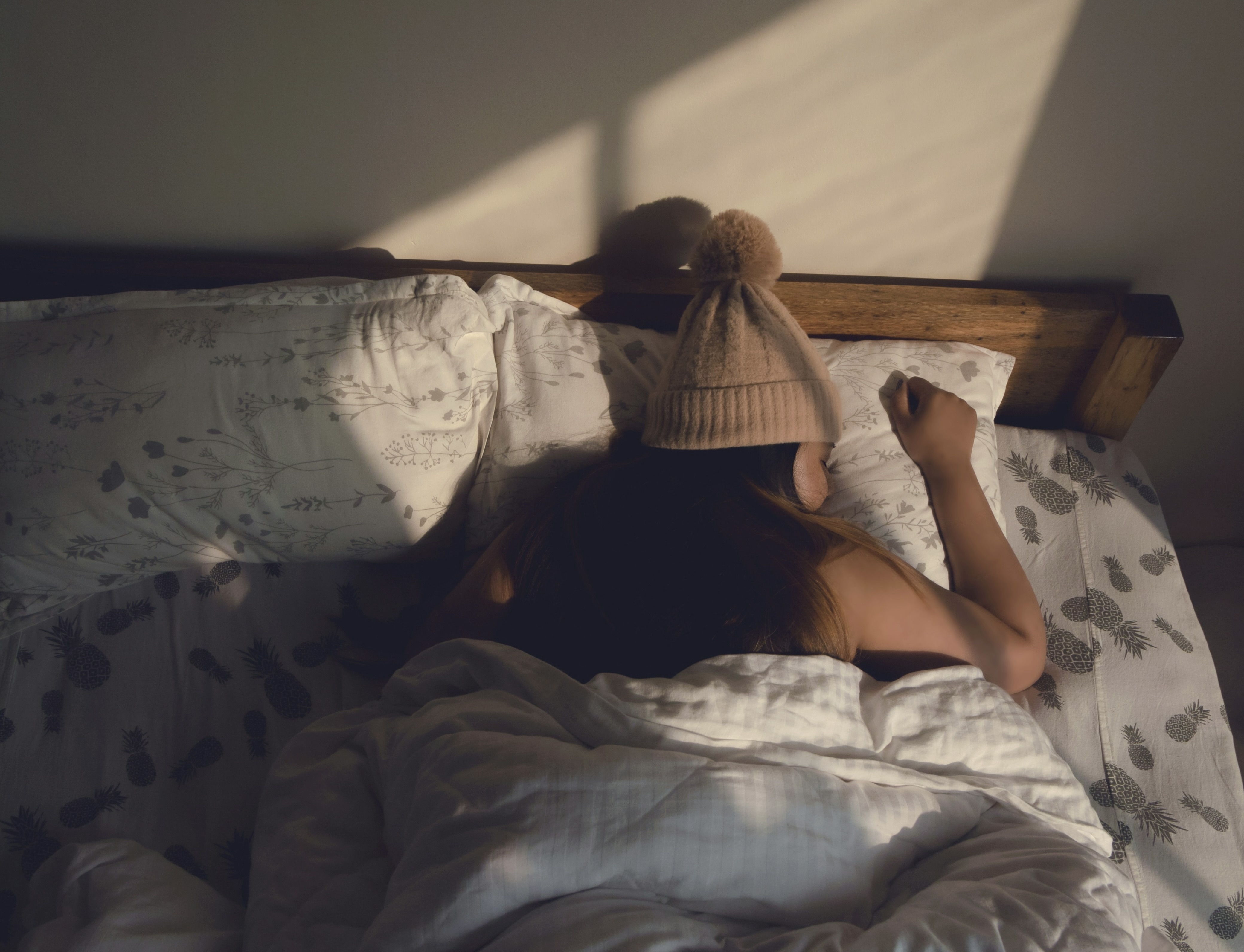October 30, 2025
Learn about seasonal affective disorder: causes, symptoms, treatment and how it overlaps with ADHD, anxiety, BPD and more.

Seasonal Affective Disorder (SAD) is a form of depression that follows a recognizable seasonal pattern, typically beginning in late fall or early winter and resolving in spring or early summer. Compared to the more general “winter blues,” SAD is marked by symptoms that significantly impair daily function and recur regularly with the changing seasons.
With less daylight and changes in circadian rhythms, many individuals experience mood shifts—but SAD is the subtype when this pattern meets criteria for a major depressive episode.
One of the primary triggers for SAD is decreased light exposure. Shorter days in autumn and winter reduce natural sunlight, which in turn may disrupt circadian rhythms, lower serotonin levels, and increase melatonin production—all of which contribute to mood changes.
People living farther from the equator, where daylight hours shrink drastically in winter, are at greater risk. A personal or family history of depression or bipolar disorder also raises the likelihood of developing SAD.
While SAD is a distinct specifier of depression, it intersects with other mental-health conditions. For instance:
Typical symptoms of SAD (winter-pattern) include:
Since SAD is essentially a seasonal depression, the same risk of suicidal ideation, mood dysregulation, and functional impairment as non-seasonal depression applies. Sleep disruption and circadian misalignment amplify anxiety.
For someone with ADHD, winter’s shorter days may worsen distractibility or fatigue. For OCD or eating disorders, changes in routine, increased isolation and winter comfort-eating may exacerbate symptoms.
In individuals with psychosis spectrum or BPD, changes in daylight and sleep patterns may trigger mood destabilisation or exacerbate symptoms. Recognising SAD as a seasonal vulnerability can improve management of these complex cases.
Diagnosis of SAD requires a major depressive episode with a seasonal pattern, generally for at least two consecutive years, without non-seasonal episodes dominating.
Prognosis is favourable: with treatment, most people improve significantly. Early intervention—especially before the season worsens—yields better outcomes.
One of the first-line treatments is light therapy: using a light box (typically 10,000 lux) for ~30 minutes each morning soon after waking helps simulate natural daylight and adjust circadian rhythms.
Therapy tailored to seasonal mood shifts (CBT for SAD) helps with behavioural activation, restructuring negative automatic thoughts, and coping strategies for the winter months.
Antidepressants (such as SSRIs) may be used, particularly in moderate to severe SAD. In some cases, combining light therapy and medication improves outcomes. Vitamin D supplementation, lifestyle modification (exercise, diet, outdoor exposure) support recovery.
If someone has co-occurring anxiety, ADHD, OCD, eating disorders, BPD or psychosis, treatment must be integrated: ensure the seasonal mood component is addressed alongside the primary condition.
Alt text: Woman gazing out winter window with mug, illustrating winter mood shift.
Image validation: This image highlights the introspective mood and reduced daylight typical in seasonal mood shifts—appropriate for SAD.
At Integrative Psych, our dedicated team of clinical experts supports individuals with seasonal affective disorder alongside other mental-health challenges—such as depression, anxiety, ADHD, OCD, eating disorders, BPD and psychosis. With offices in Chelsea, NYC and Miami, we offer integrated care that includes light-therapy planning, psychotherapy, medication management, lifestyle coaching and neurodevelopmental assessment. If you suspect you’re experiencing SAD or want to stay ahead of seasonal mood changes, we invite you to learn more about our compassionate, evidence-based approach and schedule a consultation.

We're now accepting new patients
